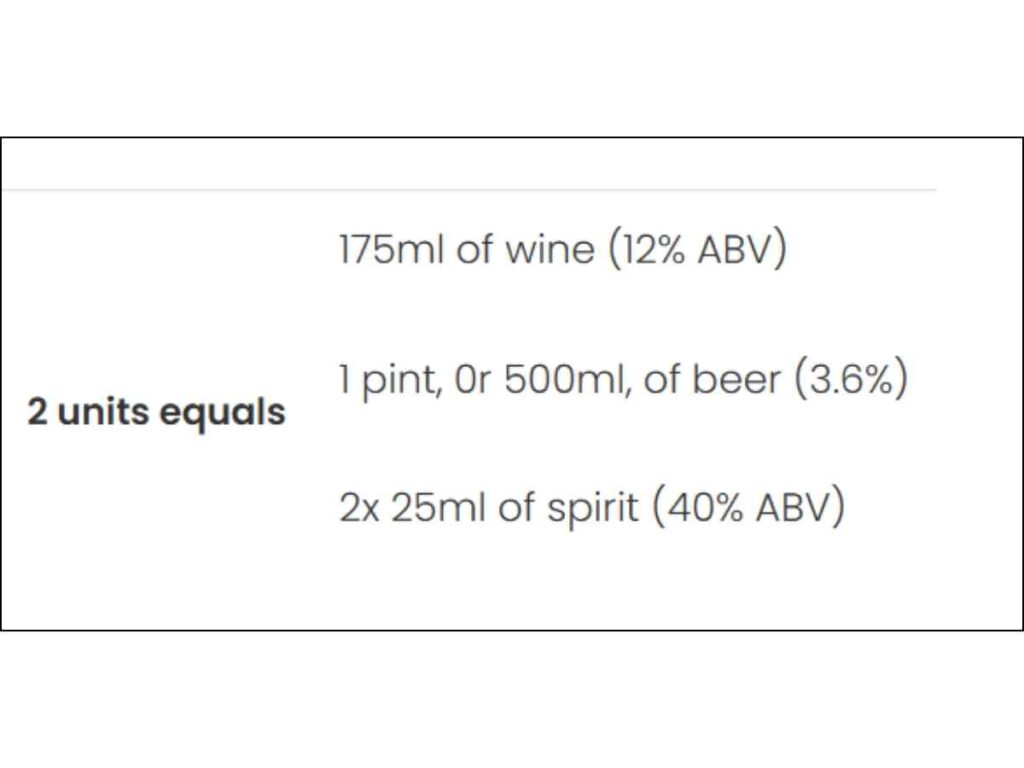Drinking too much alcohol can increase your risk of stroke
OdishaPlus Bureau

Globally, excessive alcohol consumption is linked to over 1 million strokes each year.
Why does drinking alcohol increase the risk of stroke?
Drinking too much alcohol either regularly, or ‘one-of’ over consumption can increase your risk of stroke. This is because alcohol is linked to a number of other conditions which are associated with strokes:
- Hypertension – Drinking too much alcohol increases your blood pressure. High blood pressure is associated with over half of all strokes. Regularly drinking can lead to damage to your circulatory system which increases your risk of stroke.
- Atrial Fibrillation – Excessive alcohol consumption can trigger a heart condition called atrial fibrillation (AF). People with AF are five times more likely to experience a stroke. AF can cause blood to clot in the heart, if these clots break up or dislodge they can travel to the brain and cause a stroke. People who have AF related strokes are more likely to die or be seriously disabled following stroke. Alcohol can also interact with medications that your doctor has prescribed to treat AF. If you are taking a blood thinning medication (anticoagulant) called Warfarin, drinking alcohol can prevent your blood from clotting and increases your risk of bleeding in the brain (haemorrhagic stroke).
- Diabetes – Alcohol can change how your body responds to insulin – the hormone that helps your body turn sugar in your blood into energy. This can lead to Type 2 diabetes.
- Being overweight – Being overweight increases your risk of having a stroke. Alcohol is very high in calories, so regularly drinking lots of alcohol can lead to weight gain or make it harder to lose weight.
- Liver damage – Too much alcohol can cause damage to the liver and prevent it producing substances that help your blood to clot. This can increase your chance of bleeding in the brain – known as a haemorrhagic stroke.

What is a ‘safe’ level of alcohol consumption when it comes to stroke?
The upper daily limit is 2 units of alcohol for men and 1 unit of alcohol for women. An alcohol unit helps to measure and keep track of the alcohol you are consuming across a range of drinks. One unit is the equivalent 10ml of pure alcohol. Because different drinks have different levels of alcohol by volume (ABV) a single unit of alcohol is not the same thing as a single drink.

Risk reduction: Sometimes we are in situations where we know we are likely to drink more than the recommended limit. While the health risks of doing this regularly are clear, for one of occasions, you can reduce the short-term risks to your health by:
- Setting and sticking to a limit on the total amount of alcohol you drink on any occasion
- Drinking more slowly
- Drinking with food
- Alternating alcoholic drinks with water
Tips for reducing your alcohol consumption:
- Track your alcohol intake and look at how and when you could reduce your intake
- Have 2-3 consecutive alcohol-free days every week
- Replace alcoholic drinks with low or no-alcohol alternatives
- Go small – instead of a large glass of wine, take a small glass, and instead of a pint, take a half or a small bottle
- If you use alcohol to relax, find other healthier methods – exercise is a much healthier way to manage stress.
When to get help
Cutting down on alcohol can be difficult if you are finding it hard to control your drinking, speak to your doctor who can signpost you to tools, information and support.
Stroke happens when the blood supply to part of your brain is cut of, either because of a blood clot or a haemorrhage. Stroke is a leading cause of death and disability worldwide, but most strokes can be prevented by addressing a small number of key risk factors.
1 in 4 people are at risk of stroke in their lifetime, but by taking simple steps almost all strokes can be prevented.
(Courtesy: World Stroke Organization)
#WorldStrokeDay2024 #GreaterThanStroke #BrainStroke


























